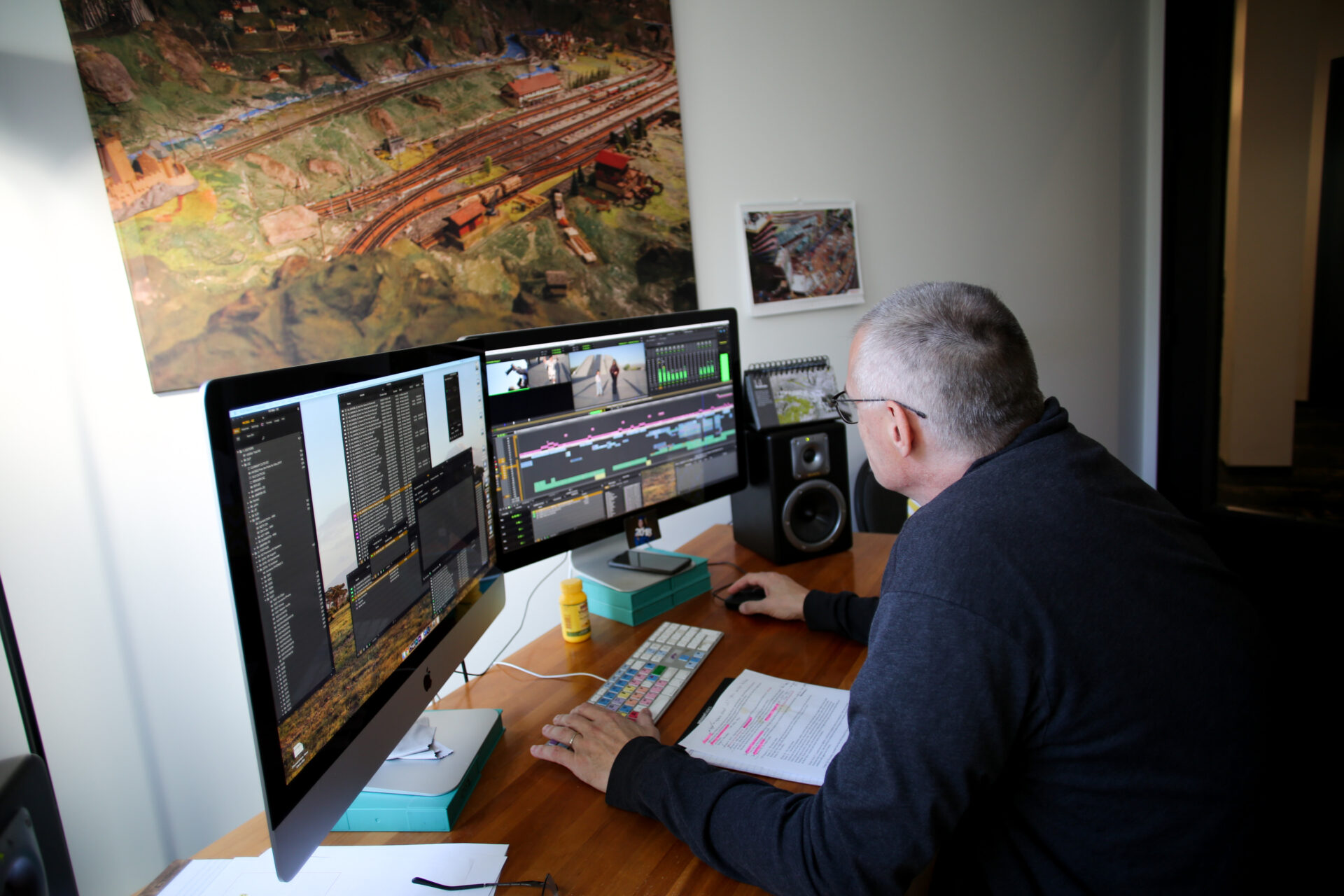The Bunim Murray Challenge

The Setting
Reality TV pioneer Bunim Murray Productions generates anywhere from 4-10 seasons of television simultaneously at remote locations across the globe. One of their biggest shows, “The Challenge,” shoots in different countries and continents.
The Challenge
Transferring terabytes of raw footage from remote locations with varying and frequently limited Internet connectivity to editors in L.A. as fast as possible. Shrinking budgets, shorter schedules and tighter deadlines make time their most precious commodity.
The Solution
Successfully tested Signiant Media Shuttle to accelerate file delivery and navigate high latency from poor Internet quality. Bunim Murray immediately implemented it across every production.
The Result
Physical delivery and transport time and cost were reduced from days/weeks to hours. Media Shuttle pays for itself in time saved, providing content teams more time to make content. Ensuring connectivity for Media Shuttle is now a requirement when choosing shooting locations.
“We live in that immediacy. We’ve come to rely on Media Shuttle to be our everyday solution and never have to worry.“
~ Dan Schott, Director, Post Technologies, Bunim Murray Productions

Origins

Founded in 1987 in Glendale, CA, near Los Angeles, Bunim Murray Productions is a pioneering force behind reality TV and content for television, film, documentaries, and digital and social platforms. They produce award-winning shows for networks like MTV, E!, HBO and Nickelodeon including “The Real World” and “Road Rules” as well as current reality shows like “The Family Stallone.”
For Bunim Murray Productions, moving content from remote locations across the globe to editors in Los Angeles used to cost lots of time and money. “The Challenge,” one of their biggest shows in 2023, might be shooting in South Africa for one week, Thailand the next, and Europe after that. That’s just one show. During peak times, up to 250 employees work on four to ten shows simultaneously from locations scattered around the world.
Around the world in hours
Transferring terabytes of multi-camera footage to editors in L.A. for editing as fast as possible every day is mission-critical. With shrinking budgets, shorter schedules, and tighter deadlines, time is precious. In 2010, XDCAM discs carried by runners through airports to L.A. took at least a week. By 2018, hard drives shipped via FedEx outposts saved a day or two. Still, a 24-hour turnaround goal wasn’t possible.
After experimenting with other file transfer solutions, Bunim Murray turned to Signiant Media Shuttle. It works flawlessly, creating a consistent, 24-hour turnaround of key files, and the number of hours gained back makes it pay for itself.

“[We thought] the time we saved, the amount of hours we can gain back, would make sense for us financially,” said Dan Shott, Director, Post Technologies for Bunim Murray. “And it worked flawlessly; it worked great. After a 30-minute training session, we were confident enough to build out for five different shows. The things that we would’ve had to rely on high-level tech support to do with other solutions, we could do ourselves in five minutes with Media Shuttle.
Moving at the speed of Signiant
On a typical shoot, content from camera cards offloads onto two local storage pools. As many as three DITs working around the clock collect around 3 TBs of footage and load it onto local storage wherever they can find sufficient bandwidth, from the shoot site or the hotel. The raw footage is then sent via Media Shuttle into Wasabi Hot Cloud Storage. From there, the editorial team uses Shuttle to pull down the content they need into local Avid Nexis storage in L.A. A typical day can include two to three terabytes of data.
“We found it much more of a reliable solution for our production teams, which were already scattered and running super long shifts. We didn’t want to put any potential downtime or hiccups on them,” says Shott. “We loved that once we switched to Media Shuttle, we could put that [Wasabi] cloud destination in the middle and know that it was always going to be there, ready for them to go whenever they wanted to do a transfer.”


Shott continues, “Once others heard how well it worked, everyone asked, ‘Hey, can I use it?’ Now, when a show is scouting for a location, available bandwidth is always the factor. We’re looking for that from day one knowing that we’re going to be using this workflow. Once we installed it, we started finding other use cases for it. We’re happiest when we’re not talking about it because it’s just working in the background.”


